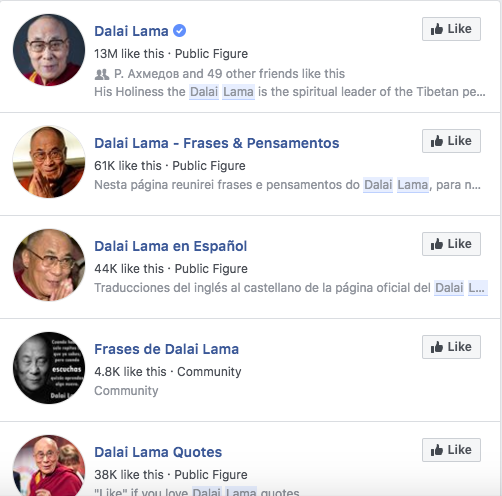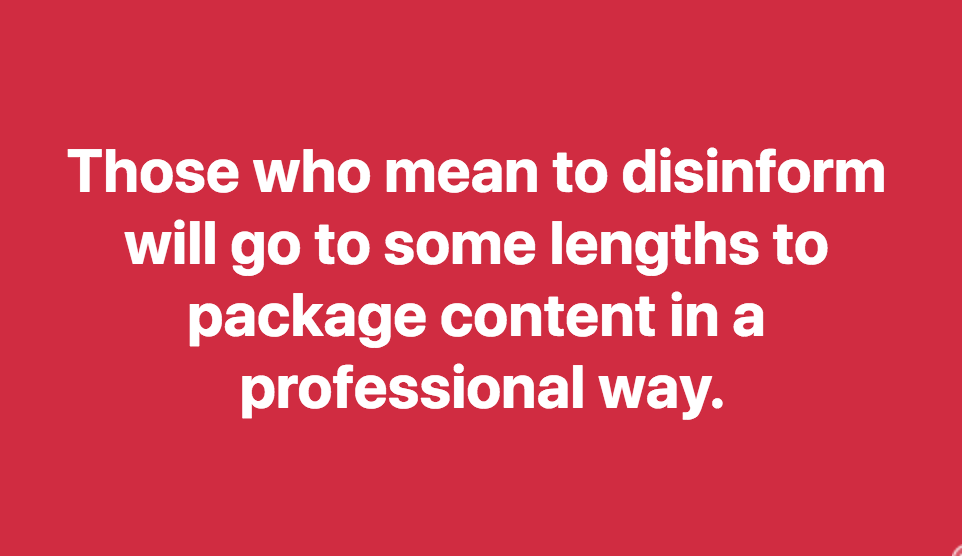 A Justin Bieber tune saved a Russian fisherman from being mauled by a bear. Or so claimed a 2014 story that went viral and was even carried by several high-circulation English-language news outlets. One headline punned: “Finally, [there is] Proof that Justin Bieber IS Unbearable.” The story went on to explain that a ringtone of Justin Bieber’s song “Baby” had scared away the attacking animal. The Verification Handbook, which fact-checks digital content, discovered that while the story appeared to be true, the Bieber connection was made up. The truth was far less exciting: the man’s life was saved when a voice alert was activated on his phone. So, Tip #1 is: If an explanation sounds too neat to be true, it probably isn’t. While occasionally fact can be stranger than fiction, life rarely fits into puns.
A Justin Bieber tune saved a Russian fisherman from being mauled by a bear. Or so claimed a 2014 story that went viral and was even carried by several high-circulation English-language news outlets. One headline punned: “Finally, [there is] Proof that Justin Bieber IS Unbearable.” The story went on to explain that a ringtone of Justin Bieber’s song “Baby” had scared away the attacking animal. The Verification Handbook, which fact-checks digital content, discovered that while the story appeared to be true, the Bieber connection was made up. The truth was far less exciting: the man’s life was saved when a voice alert was activated on his phone. So, Tip #1 is: If an explanation sounds too neat to be true, it probably isn’t. While occasionally fact can be stranger than fiction, life rarely fits into puns.
Tip #2: Always check where the information came from. Is the source credible? The punny headline above came from a story in one of Britain’s largest tabloids, the Daily Mail, known for being lax on fact-checking. Always get your news from credible sources—sources with a long track record of delivering fact-checked content and covering a subject.
Be wary of sources that do not reveal their identity and sites that are evasive about ownership. Transparency and credibility go hand in hand, so if sources are not forthcoming about who they are, then something may be amiss with their message as well. Remember that identity can also be assumed, and social media users are particularly vulnerable to impersonators. If you follow a public figure or an institution on social media, make sure you “liked” the person’s or organization’s official page—labeled with a blue checkmark next to the page name.
 Tip #3: Before you decide a claim is true, especially a claim that may be controversial, ensure it is clear who is making it and whether the person is qualified to make it. People who follow the vaccination debate will often come across a surprisingly persistent myth—that there is a link between vaccines and autism—one that has strengthened the anti-vaccination movement. People who try to establish a connection between the two normally quote a now-discredited study from 1998, which suggested that the measles, mumps, and rubella (MMR) vaccine might predispose children to developmental disorders. The study was funded by an interest group, and its highly speculative findings turned out to have been falsified.
Tip #3: Before you decide a claim is true, especially a claim that may be controversial, ensure it is clear who is making it and whether the person is qualified to make it. People who follow the vaccination debate will often come across a surprisingly persistent myth—that there is a link between vaccines and autism—one that has strengthened the anti-vaccination movement. People who try to establish a connection between the two normally quote a now-discredited study from 1998, which suggested that the measles, mumps, and rubella (MMR) vaccine might predispose children to developmental disorders. The study was funded by an interest group, and its highly speculative findings turned out to have been falsified.
When it comes to vaccination and similar public health issues, you may want to review what the World Health Organization or state health agencies have to say about them before trusting a blog proclaiming their harmful effects or a study commissioned by interest groups. The spread of false information about vaccines, and the alarming drop-off in vaccination rates in Europe and the United States, highlights just how vulnerable people are to misinformation. Measles outbreaks in Europe and several US states also show that, in the end, everyone suffers from the uncritical acceptance of dubious claims.
Tip #4: Slapdash writing and the presence of errors in a text should immediately alert you that the information it contains may also not have undergone the necessary scrutiny. Both proofreading and fact-checking take time, and carelessness toward presentation often mirrors the author’s attitude to the substance as well.
However, those who mean to disinform will go to some lengths to package content in a professional way, as shown by a recent experiment by journalists from the documentary site Spicee.com. A group of French journalists created a video with a ludicrous claim but a really professional finish—that the CIA created the HIV virus to wage warfare in Cuba. The video was shown in French schools as part of a campaign to raise awareness of how real fake news can appear.
Tip #5: Always be suspicious of vagueness and exaggeration. Spotting more than a few instances of words such as many, highly, extremely, excessively, etc., should alert you to one thing: the author cannot give you a precise number but really wants to convince you that he is right by using the argument of numbers. Don’t fall for exaggeration and circumlocution; demand precision. You deserve it!
 Tip #6: Know the difference between information and marketing copy. Ask yourself: Is someone trying to sell you something, or are they trying to inform you? Who is paying for the content you are getting, and what is their intent? This is particularly important in evaluating the objectivity of claims such as “Drinking coffee reduces the incidence of cancer.” If the coffee industry paid for the coffee-praising study, take the claim with a pinch of salt and keep your coffee intake within normal limits.
Tip #6: Know the difference between information and marketing copy. Ask yourself: Is someone trying to sell you something, or are they trying to inform you? Who is paying for the content you are getting, and what is their intent? This is particularly important in evaluating the objectivity of claims such as “Drinking coffee reduces the incidence of cancer.” If the coffee industry paid for the coffee-praising study, take the claim with a pinch of salt and keep your coffee intake within normal limits.
Tip #7: Finally, and importantly, watch out for opinion disguised as fact. On September 13, Bulgarian police detained two journalists while they were investigating purported corruption in the use of EU funds. The investigative site Bivol.bg broke the news, leading with the claim that “Bulgaria is clearly becoming a dictatorship.” Then it went on to provide a factual explanation of what had taken place. (The story was carried by the Associated Press, the New York Times, and other international news organizations the following day.) The entire story checked out, yet none of what happened provides support for the leading statement. Injecting opinion and loaded language into a factual story is commonplace, but it weakens journalists’ credibility.
Importantly, when in doubt about a story, stem the tide of fake information, and do not share it!
Photo 2. Dalai Lama profiles on Facebook. The one with a blue checkmark has been verified.
Photo 3. The Bivol.bg post announcing the arrest of the two journalists by Bulgarian police.
Our newsletter cover banner this month illustrates the dangers of acting on unverified information. It was created by the talented Sten Damyanov, the illustrator of The Bulgarians: The Forgotten Achievements and the creator of the comic book Just Spas.

